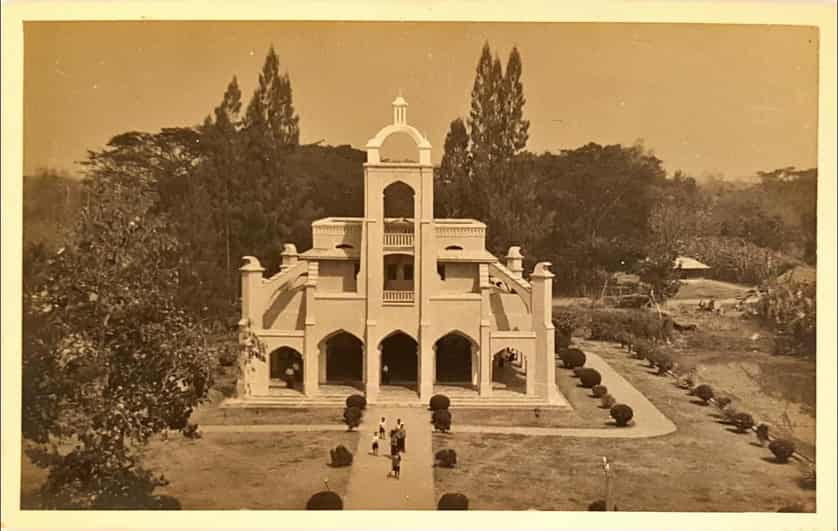The Chiang Mai Memories public Facebook group was setup in 2016 and Citylife featured some of the group’s founder Frans Betgem’s favourite pictures in late 2019.
We have just caught up with one of the group’s most prolific contributors, Graham Jefcoate, a retired librarian who’s been living in Chiang Mai for some years. Graham writes and lectures on historical matters, mostly to do with old books and Anglo-German cultural relations, but more recently he has become interested in the history of the farang and other foreign communities in Chiang Mai, starting with a colonial architect called Keats.
Graham is a prolific reader and researcher who has been gathering information from publications and archives and now feels that it is necessary to bring together the resources and expertise into one platform. “Chiang Mai Memories has been a great way of meeting people,” he says. “Many of whom know vastly more about Chiang Mai’s history than I do”.
There are problems about sharing of course, copyright on photographs being one. “We must be aware of intellectual property rights,” he says, “and respect them.” Also, there are differences of approach, explained Graham. “Those writing about Lanna tradition, for example, might see things differently from those interested in the role of outsiders in shaping modern Chiang Mai. Historians of the American Presbyterian Mission might emphasise things those interested in the British teak companies do not (and vice versa). That’s why it’s important to bring everyone together.”
“I’m afraid I enjoy challenging preconceptions and entrenched ideas,” he says. “For example, who would have guessed that, much of the time, only one British person born in the British Isles was resident at the British Consulate? The great majority of staff and visitors were Asians: British subjects like Burmese, Shans, Chinese and Indians, and of course Siamese and Lanna people. It’s their stories I’d like to know more about and hope to be able to tell.”
Citylife asked Graham to pick three images which have been posted on Chiang Mai Memories which are of most interest to him. Here are his picks:
A couple of years ago, I took up a challenge by Frans Betgem and started to do some research on an English architect called W. Osborn Keats. Keats came to Chiang Mai in 1915 to supervise the building of the Consul’s House in the British Consulate compound (now in the Anantara Hotel) – but I discovered he also got a commission to build the Thaw Chapel at the Leper Asylum (now the Santitham Church at the McKean Senior Center). The church was built to his designs, 1921-1925 – it’s one of the finest buildings from the early 20th century in the north of Thailand. It’s obviously a good feeling to bring names that have been forgotten back to life. We have this splendid photo thanks to Boonyarid Promsuttipong who posted it on Facebook in January.

I’m now researching the history of the Anglo-American community in Chiang Mai around 1910-1930 more widely. To do that, I’ve been reading my way through copies of the Bangkok Times (and much else besides) for references to Chiang Mai and its people. It’s going to take a few more months yet, working through the daily issues! Newspapers contain a wealth of information not easily found elsewhere. Cecil Watson was the British Legal Adviser at the International Court in Chiang Mai, and lived here with his family from 1918 to 1923. The Times interviewed him on his retirement after 20 years of service, and here’s what he had to say about keeping fit in the tropical climate.

Much had disappeared, but there’s a considerable amount of built heritage from the era I’m researching – Mission buildings, hospitals, schools, shops, houses, clubs and so on. They often get forgotten among the spectacular temples and natural splendours of Chiang Mai. This building used to house the Nawarath Club which was established by the Chao Luang for the use of Siamese officials. It became a centre for social gatherings, for example, the American Presbyterian Mission’s New Year celebrations, and cultural performances. What more can we find out about it?

